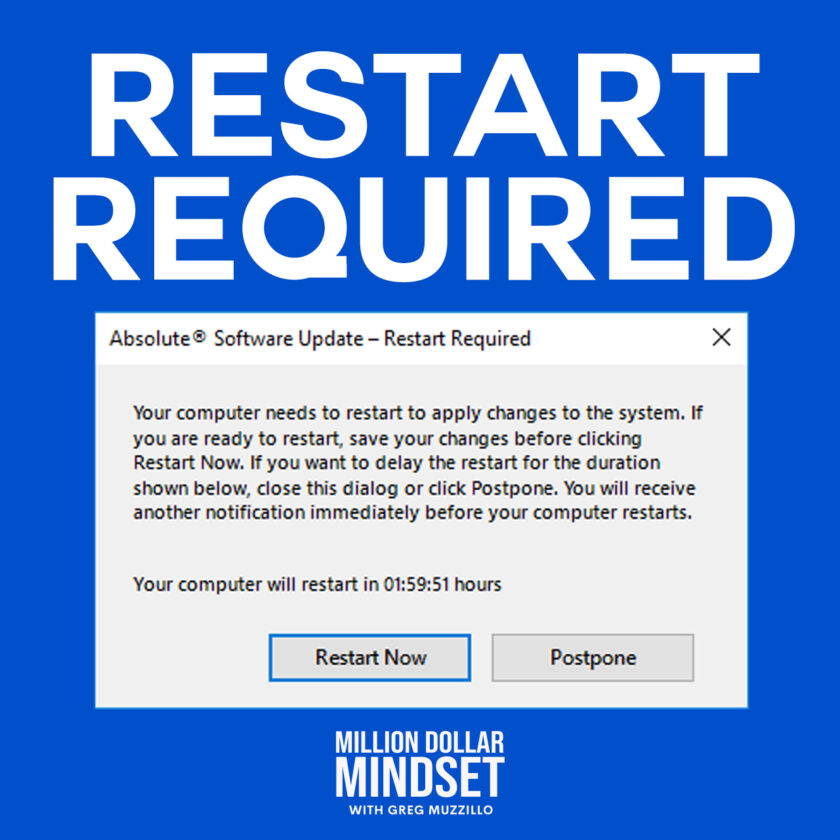Looking to boost your sales in 2024? Ask yourself if there is any low-hanging fruit you might have missed. “Low-hanging fruit” refers to those easy sales that are no-brainers. Once identified, they are common-sense opportunities that are easily recognized by distributor and customer alike—and there might be more of them than you might think.
One of the areas where low-hanging fruit can reside is in barcoding. The owners of small companies, in particular, are often so busy running their businesses that they don’t have the time to find those “little” areas of inefficiency that adding barcodes to forms and labels can solve. Barcodes are quick and easy to add to existing products, and they add so much value.
Take the example of a tire manufacturer that faced a persistent challenge in tracking and addressing quality issues within its production process. Despite having a quality assurance protocol in place (which included sign-offs at various production stages), the company struggled to pinpoint the exact location and timing of quality problems. It needed to minimize customer complaints and enhance overall product quality—fast.
Easy Fix for the Quality Gap
To address the issue, the manufacturer’s distributor partner worked with Wise to take a deeper look at its customer’s manufacturing and distribution process. In doing so, Wise identified a crucial gap in the quality form accompanying each order. The form the manufacturer was using lacked the ability to specify when (i.e., during which shift) a quality problem occurred.
Wise suggested the following: Use the customer’s existing barcode readers and add a barcode that would be scanned by the operator at key stages—upon receiving a job, during its execution, and upon completion within a specific department. This simple, inexpensive addition (low-hanging fruit) would provide a granular timestamp for each quality check, enabling a more precise identification of when issues occurred in the production process.
The manufacturer loved the idea—and it paid off. By adding barcodes, it was now able to trace the exact shift and operator responsible for a specific defect. This newfound level of detail, in turn, enabled the manufacturer to initiate targeted employee improvement plans and document refined processes for all staff members involved.
Benefits for All!
The tangible outcomes were impressive. The manufacturer saw a remarkable reduction in defects, achieving an overall decrease of over 10%. This not only addressed the immediate quality concerns but also positioned the company as a more reliable and quality-focused supplier.
The distributor who proposed and implemented the barcode-enhanced quality forms benefited, as well. It secured the order across more than 60 distribution centers! Its ability to make such a positive impact on quality control also became a key factor in earning the customer’s trust that, ultimately, secured a long-term and highly profitable partnership.
Which of your clients might have similar low-hanging fruit that simply adding a barcode might fix? If you don’t know, start asking questions. Probe for areas of inefficiency where the simple, inexpensive addition of barcodes (or, if they are already using barcodes, transitioning to RFID tags) can make a huge difference.



